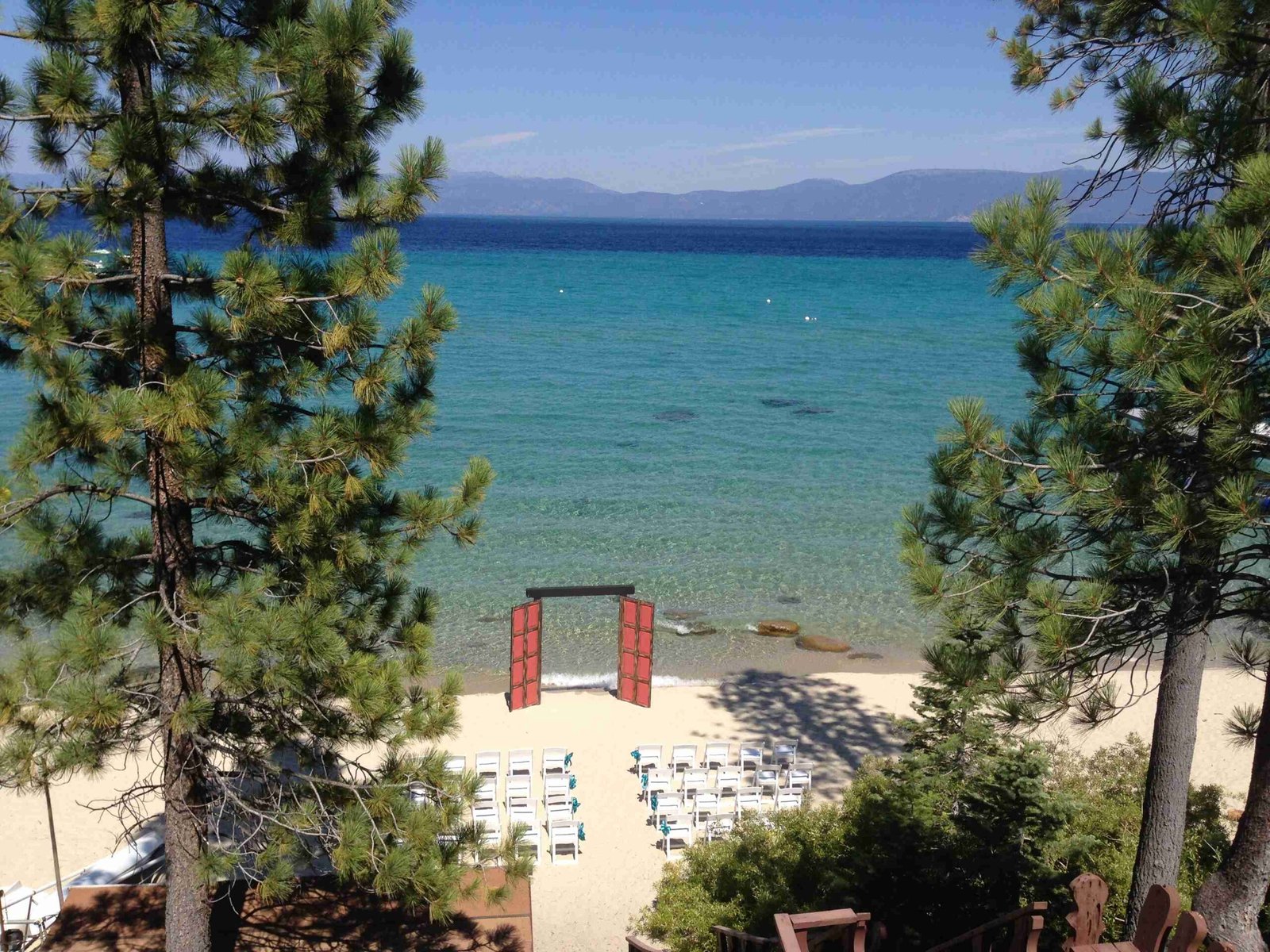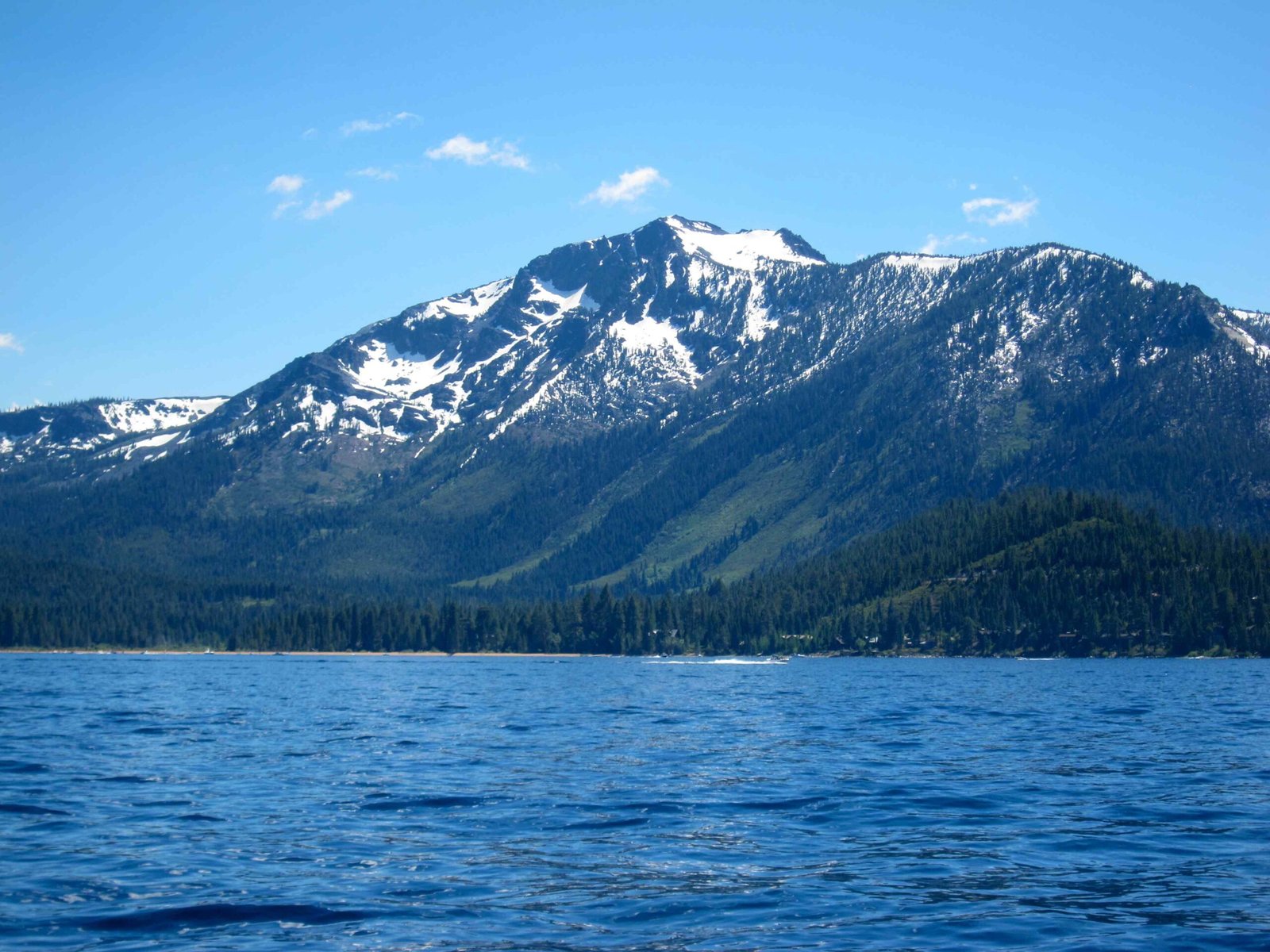Lake Tahoe’s forest ecosystem hosts a remarkable cedar species known as the incense cedar, a resilient and aromatic tree that thrives in the Sierra Nevada mountain range. These majestic trees, scientifically named Calocedrus decurrens, are not true cedars but belong to the cypress family, creating a unique botanical landscape that defines the region’s natural beauty and ecological diversity.
What Makes Cedar Trees Unique in Lake Tahoe?

Botanical Characteristics of Incense Cedars
Incense cedars are distinguished by their remarkable features:
| Characteristic | Description |
|---|---|
| Height | 130-200 feet tall |
| Trunk Diameter | Up to 4 feet |
| Bark Color | Cinnamon-red |
| Foliage | Scale-like, soft texture |
The trees exhibit a distinctive inverted cone shape, with a wide base that gradually narrows towards the top. Their bark is vertically fissured, creating a textured appearance that helps them stand out in the mixed conifer forests of Lake Tahoe.
Where Do Cedar Trees Grow in Lake Tahoe?
Incense cedars thrive in specific environmental conditions:
- Elevation Range: 1,000 to 7,500 feet above sea level
- Soil Preference: Moist, well-drained soil
- Light Conditions: Full sun to light shade
- Companion Trees: Jeffrey pines, fir trees
Habitat Distribution
These trees are predominantly found:
1. Along the western shore of Lake Tahoe
2. In mixed conifer stands
3. Lower elevation areas surrounding the lake
What Environmental Adaptations Do Cedar Trees Possess?
Incense cedars demonstrate remarkable resilience through several adaptations:
- Aromatic Defense: The tree produces a shoe polish-like scent when its foliage is crushed, potentially deterring some pests
- Bark Protection: Thick, vertically fissured bark provides protection against environmental stressors
- Water Efficiency: Ability to thrive in varying moisture conditions
How Do Cedar Trees Contribute to Lake Tahoe’s Ecosystem?
Cedar trees play crucial roles in the local ecosystem:
- Habitat Creation: Provide shelter for wildlife
- Soil Stabilization: Root systems help prevent erosion
- Air Purification: Contribute to oxygen production and carbon sequestration
- Biodiversity Support: Create microhabitats for various species
What Threats Do Cedar Trees Face?
While generally robust, incense cedars can encounter challenges:
- Climate Change: Potential shifts in temperature and precipitation
- Forest Management: Need for controlled burning and pest management
- Human Development: Encroachment on natural habitats
Conservation and Protection Efforts
Local organizations work to preserve cedar tree populations:
- Tahoe Regional Planning Agency
- U.S. Forest Service
- Tahoe Institute for Natural Science
- League to Save Lake Tahoe
Practical Uses of Cedar Trees

Beyond ecological significance, incense cedars have practical applications:
- Woodworking: Shingle and fence production
- Pencil Manufacturing: High-quality wood material
- Landscaping: Ornamental and native plant gardens
Interesting Cedar Tree Facts
- The wood is naturally resistant to decay
- Native American tribes used cedar for traditional crafts
- Each tree can live up to 500 years
Conclusion
Cedar trees in Lake Tahoe represent more than just botanical specimens; they are living symbols of the region’s ecological richness and natural heritage.

